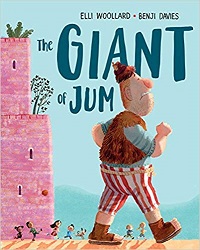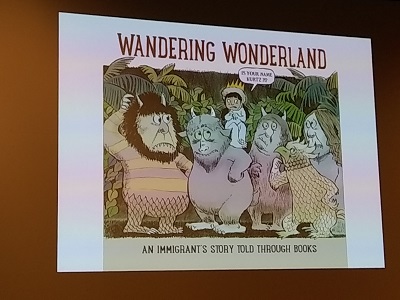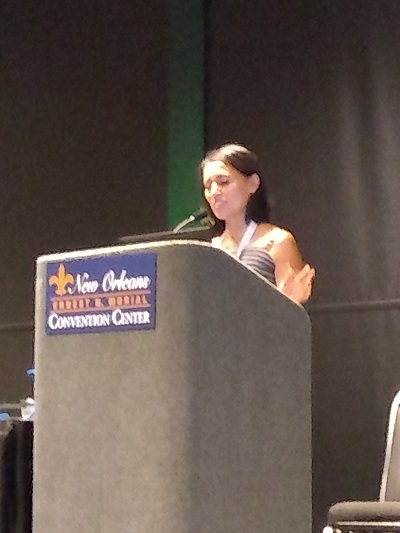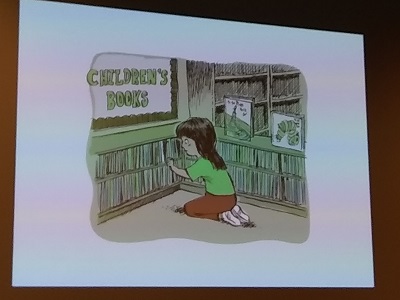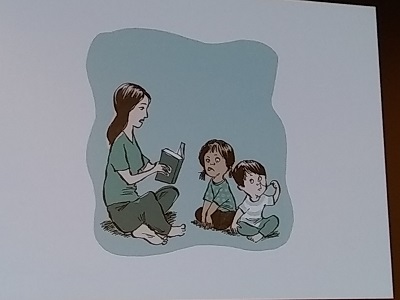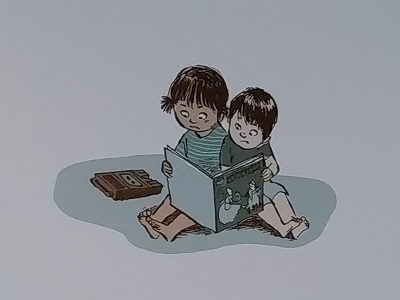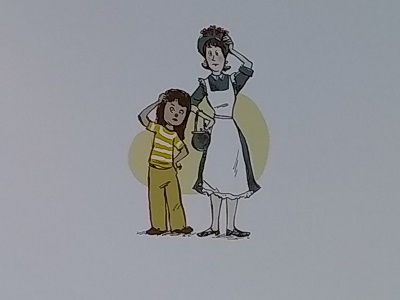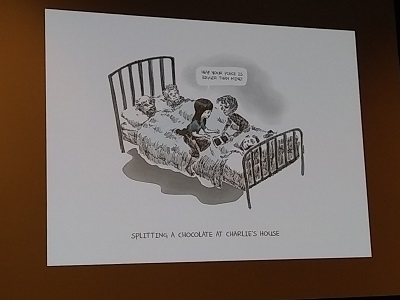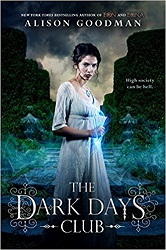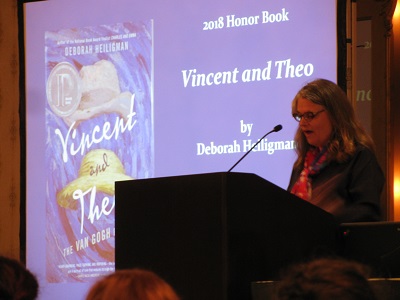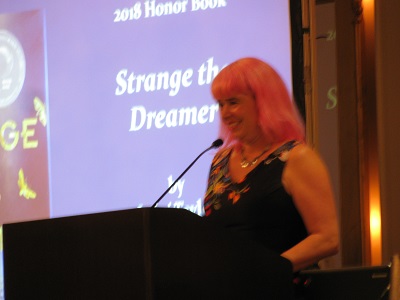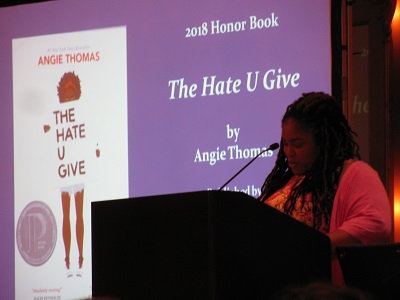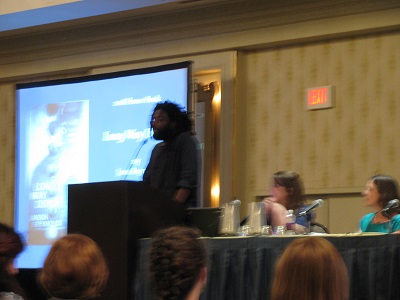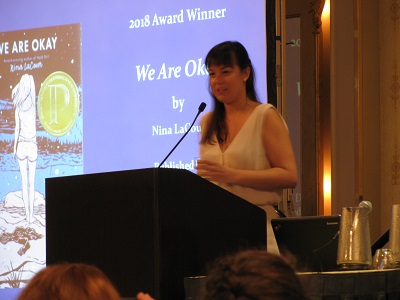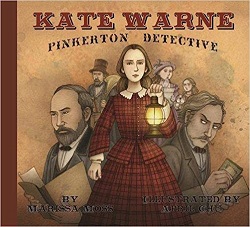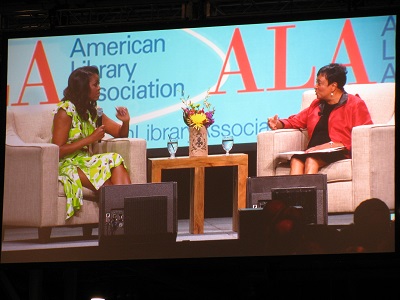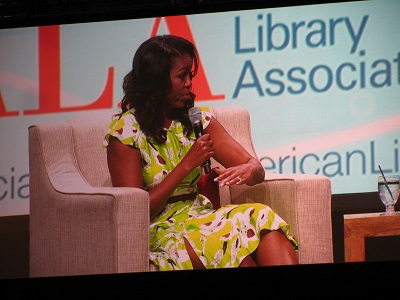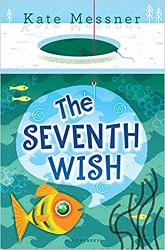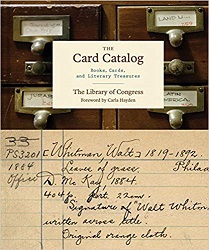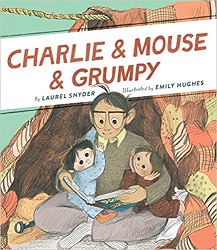ALA Annual Conference 2018 – Meeting with the Newbery Committee!!!
On Saturday from 1:00 to 5:30 and Sunday from 8:30 to 11:30 – I met with the 2019 Newbery committee!
All 15 of us were together for the first time. (A few hadn’t been able to be at ALA Midwinter Meeting in February in Denver.)
On Saturday we talked about logistics. We went over the manual, looking hard at the criteria, reminding ourselves what we’re looking at, and what’s eligible and what’s not.
We talked about methods of storing and keeping track of all the books we’ve received from publishers. (I’ve received 328 as of today. Not every single one is even eligible.)
We talked about the nominating process – We will each nominate 3 books in September, 2 in October, and 2 in December, while continuing to suggest books. But only the nominated books will be discussed in Seattle.
One member asked how many pages our nomination justifications should be, and the chair answered, “No pages!”
In Seattle next January, we’re going to meet for preliminaries on Thursday evening, then meet all day in a locked room on Friday, Saturday, and Sunday. We have to have our decision made by Sunday afternoon. We’ll get up early on Monday morning and call the author.
Our chair told us that ALSC is going to mail a locked trunk to the conference. It will contain all the books that were nominated by committee members – the only books we’ll be discussing. There is one key to the trunk, and our chair will be the one who has it! We also discussed tricks for reading nominated books on the plane ride to Seattle. I liked the idea of taking off the book cover and replacing it with a cover from an older book. Top secret!
On Saturday, we had practice discussions! We each presented one book and then discussed it, listing strengths first – being very specific – and then concerns, also being very specific. This discussion didn’t “count,” but we got the idea of how it works and how long it will take. And perhaps our opinions about those particular books may have changed. We also got an idea of how the committee as a whole feels about some of the issues that come up. (I won’t be specific about that, but if you’ve ever wondered, “Can such and such a type of book win the Newbery?” – we may have looked at some of those type of books.)
At the end of the discussions – I may not exactly have 14 new best friends, but do have 14 new friends, and I am part of a Team that works together well, and I’m super excited about the selections we’re going to make together next January!
When I got home from ALA, 22 books were on my doorstep waiting for me, in 6 different packages. I always like to include current stats in my Newbery Notes posts, so here they are. So far, I’ve read this many eligible books:
Middle grade books (or parts of books): 143, a total of 29,466 pages.
Young adult books (or parts of books): 43, a total of 12,765 pages.
Picture books: 293, a total of 11,002 pages.
Grand total: 479 books, 53,233 pages.
And I need to read a whole lot more than that before the end of the year! Better get busy!

